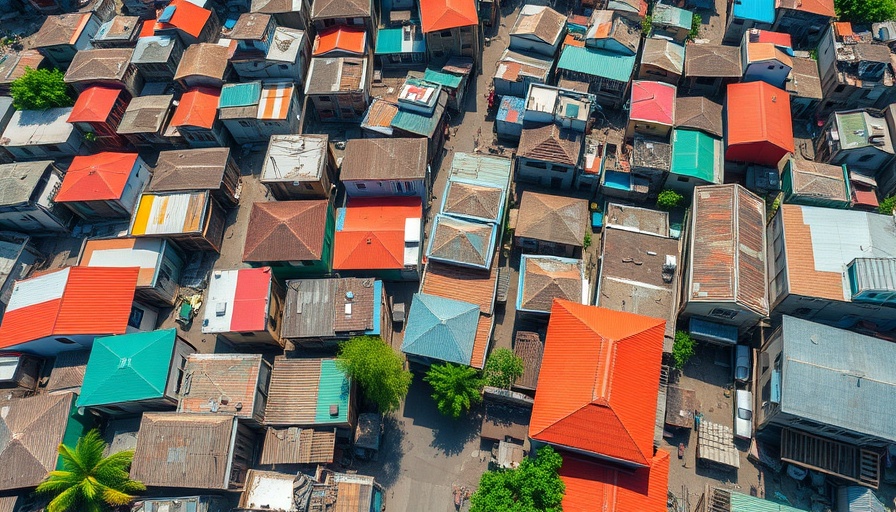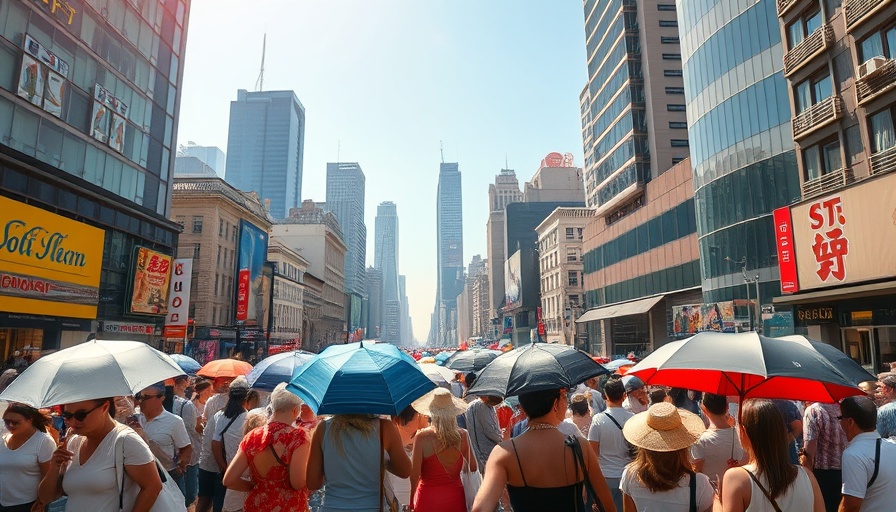
Flood Risks for Urban Poor: An Overlooked Crisis
In the global south, more than one in three residents of informal settlements live in areas prone to flooding, exposing them to what experts describe as disastrous conditions. A recent study published in Nature Cities highlights the urgent need for cities to proactively incorporate these populations into urban planning rather than marginalize them further.
Socioeconomic and Environmental Pressures
Using advanced technologies such as machine learning, satellite imaging, and household surveys, researchers have quantitatively assessed the flood risk among slum populations. The findings reveal that many of these vulnerable communities reside in regions that have historically faced severe flooding. Without effective planning and support systems, the environmental pressures of climate change further exacerbate their already precarious living conditions.
The Global Scale of the Slum Crisis
Approximately 17% of the population in the global south, which amounts to over 880 million individuals, lives in slum conditions as defined by the UN. In countries like Sierra Leone and Liberia, slums are home to the majority of the populace. The most affected regions identified include northern India, Bangladesh, Nepal, Rwanda, and coastal areas of Rio de Janeiro, underscoring the widespread and dire nature of this crisis.
Vulnerability Beyond Floods
It's critical to note that the sheer physical threats these communities face are compounded by social vulnerabilities. According to the study, inadequate infrastructure and limited access to essential services, such as healthcare and proper sanitation, severely undermine their resilience to flooding events. These compounded issues create a cycle of poverty and disaster vulnerability, making recovery increasingly difficult.
Barriers to Relocation: An Inescapable Predicament
One of the study's troubling conclusions is that relocation prospects for residents of flood-prone slums are almost non-existent. Financial constraints, combined with a lack of job opportunities in safer areas, effectively trap people in these dangerous neighborhoods. This is especially evident in cities like Mumbai, Dar es Salaam, and Jakarta, where economically disadvantaged people frequently settle in flood-prone areas, partly due to lower land costs.
Innovative Solutions and Future Planning Perspectives
As urbanization continues to progress, it becomes increasingly imperative for city planners to adopt a more inclusive approach. This means incorporating sustainable development practices, enhancing infrastructure resilience, and integrating climate action measures. By prioritizing the needs of slum communities, cities can develop more sustainable and equitable urban environments that can withstand the impacts of climate change.
Achieving Resilience Through Community Engagement
To create meaningful change, it is essential to involve slum residents in the planning and development processes. This engagement promotes community ownership and ensures that solutions are tailored to their unique circumstances. Additionally, sustainable practices, such as enhancing green spaces, developing affordable housing, and improving waste management, can significantly reduce both the flood risks and overall environmental impact of these urban areas.
The crisis facing slum residents in the global south is a call to action for governments, NGOs, and individuals. By recognizing these urban communities and their unique challenges, there is a pathway to not only improve their immediate circumstances but also build a more sustainable future.
As we reflect on the findings of this important study, it is crucial for eco-conscious individuals to advocate for change. Reducing one’s carbon footprint through sustainable living practices, supporting green initiatives, and calling for fair policies can contribute to a more sustainable and equitable world.
 Add Row
Add Row  Add
Add 



Write A Comment